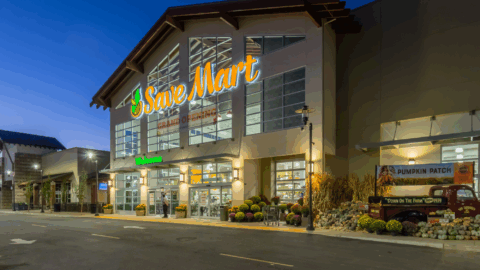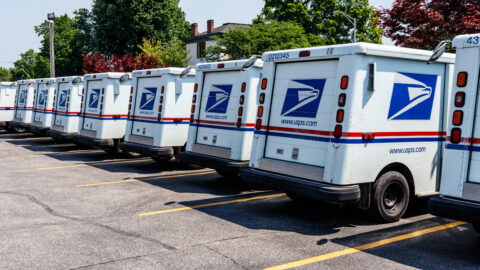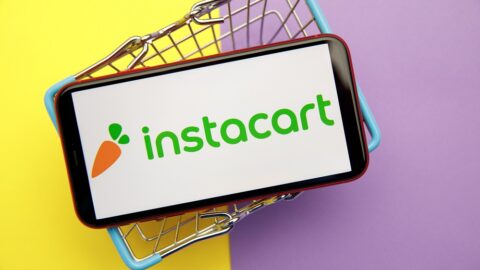One day after unveiling the Whole Foods grocery delivery Prime Now service, Amazon is reportedly making an even bigger shipping splash. The e-Commerce giant is preparing to launch Shipping with Amazon or “SWA,” a package delivery service for businesses that could cut into business at companies like FedEx and UPS, according to The Wall Street Journal.
SWA is designed to pick up packages from businesses and ship them to consumers, putting Amazon in direct competition with delivery partners FedEx and UPS.
While Amazon’s shipping and fulfillment costs would increase dramatically in the short-term as it builds up a delivery system, the company could save as much as $1.1 billion annually if it stopped using UPS and FedEx altogether, according to Citigroup analysts.
“Amazon is growing at roughly 25% per year, while UPS/FedEx capacity typically grows at 8% per year, so clearly Amazon needs to increase delivery capacity to support its own growth,” saidJason Goldberg, Senior VP of Commerce and Content at SapientRazorfish told Retail TouchPoints. “As UPS and FedEx capacity gets more constrained, they raise their rates, and as a result, shipping costs have become one of the fastest growing expenses for Amazon.”
SWA will roll out in Los Angeles over the next few weeks and spread to other U.S. cities during 2018, according to the report.Amazon already delivers some of its own orders in at least 37 U.S. cities.
Tempting Retailers With Lower Shipping Prices
The debate around competing with or aligning with Amazon continues to rage on for retailers, and the introduction of this service certainly would add more fuel to the fire. Amazon is planning to undercut UPS and FedEx on pricing with the service, although the exact rate structure is still unclear. This could be compelling for retailers challenged with improving fulfillment options and delivering products faster.
One apparent impetus for the introduction of SWA is that the service could motivate more retailers to sell through the Amazon marketplace. With all logistics under the Amazon umbrella — versus individual sellers and third-party delivery services — the e-Commerce giant could provide more accurate product tracking data.
Additionally, retailers may be able to make better use of their product inventory, storage space and proximity to consumers. “By integrating their own software and services into sellers’ warehouses, Amazon introduces the possibility of offering to rent extra capacity from those customers,” Goldberg said. “This effectively turns the entire supply chain into another highly efficient Amazon marketplace.”
Amazon initially started testing the delivery service — then called “Seller Flex” — on the West Coast late in 2017.
UPS and FedEx have built out massive networks over the course of decades to facilitate delivery across the U.S. UPS this year alone is planning to spend up to $7 billion on upgrading its delivery network. But if SWA takes off, Amazon may not continue to be a valuable partner to UPS, FedEx and other third-party delivery services.












